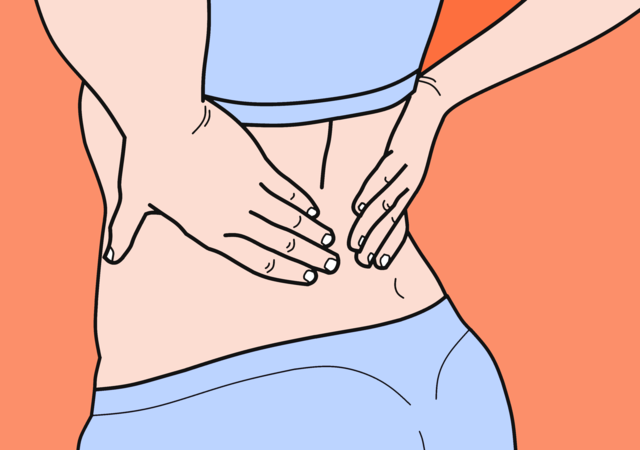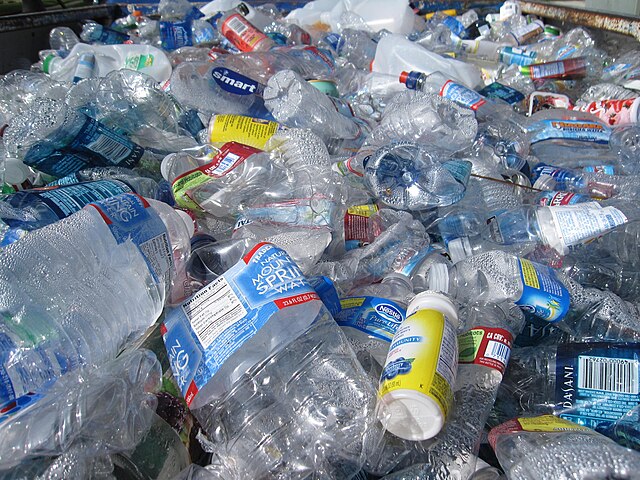If you’re getting older (and who isn’t), you’re probably going to experience lower back pain at some point. 75 – 85% of Americans do. [1] Bones become thinner with age, and connective tissues experience wear and tear. The structures of your spine will also warp to adapt to the physical loads of your daily life, causing disc bulges, disc space narrowing (or disc height loss), and disc dehydration. Your spine is a delicate weave of 31 paired spinal nerves and 33 interlocking vertebrae extending all the way from your neck to your tailbone. It’s vulnerable. All kinds of things can go wrong here.
But what has always fascinated me about back problems, or even about pain in general, is the inconsistency of the correlation between tissue damage and felt pain. There isn’t always an obvious cause. Doctors cannot predict who will suffer pain and who won’t. Scans often show nothing amiss.
When it comes to lower back pain, disc degeneration or disc slippage are often blamed for the pain people feel. Yet, a handful of studies have shown that some patients with very little disc degeneration can have severe pain, while others with severely degenerated discs don’t feel any pain at all [2]. Very often, it’s a mystery why some people feel pain and others don’t. Sufferers of fibromyalgia, a condition of unexplained, chronic musculoskeletal pain, know this well. Conventional doctors have offered muddled and inadequate responses to their pain for decades.
Into this gaping lack of understanding have leaped Ancient healing systems, such as TCM (Traditional Chinese Medicine) and Ayurvedic medicine. They offer up ideas of qi stagnation or blood stagnation as culprits for chronic pain. After thousands of years of technological development, these theories are still the best we have to offer those who are suffering. They provide a solution beyond the shrug and inevitable prescription for addictive painkillers that conventional medical doctors currently provide. Most importantly, they provide the relief we need.
When I started learning TCM theory, one of the first big patterns we learned was the connection between lower back pain and kidney weakness. It was hammered into us early, in foundation level courses. The idea does make a certain sense. The kidneys are located in the mid to lower back area. If there is pain there, it stands to reason there might be something wrong with the kidneys. And I have seen many people’s lower back pain improved by taking kidney tonic herbs, including my own.
Of course, kidney tonics work best if you also experience many of the other symptoms included in an over-arching pattern of kidney weakness, such as; frequent urination, feeling cold even when others are warm, low energy, dark circles under the eyes, a tendency to be fearful, and low libido. The more of these symptoms you have, the more likely it is that kidney weakness is at the root of your pain. On the other hand, if lower back pain is the only symptom that matches, then it’s more likely that something else is going on.
Other common causes for chronic lower back pain are qi stagnation or blood stagnation, as I mentioned above. These issues are involved in any case of chronic pain throughout your body, not just in your lower back. And, in fact, most TCM formulas for back pain include herbs that circulate the blood and/or the qi, along with any warming kidney tonics.
If you happen to have more symptoms of blood stagnation than signs of kidney weakness, a formula more specifically based on moving blood may be more appropriate in your case. Symptoms of blood stagnation include; purplish skin areas, or a purple discolouration of the tongue, instances of fixed, stabbing pain (rather than a moving or aching pain), menstrual pain with clots during your monthly flow, or other signs of blood stagnation, such as varicose veins.
Regardless of its cause, I always love the expression of surprise on a client’s face when an herbal remedy for pain actually works. When the suffering they’ve endured for years isn’t just numbed for a couple of hours, but disappears completely. I can only explain what happened through “woo-woo” TCM terms that sound weird and inadequate. But the results tend to speak for themselves. There’s an element of wonder and mystery here that I love.
Healing is an enigmatic thing. I used to try hard to understand what was going on within the body, to try to explain why something was working, or why it wasn’t. Increasingly, I am learning to rest in the wonder of it all. To just trust in the process. Your body wants to heal itself. All herbalists do is help it move in the right direction.
- 1. https://www.biomedcentral.com/about/press-centre/science-press-releases/27-04-2015
- 2. Boden SD, Davis DO, Dina TS, Patronas NJ, Wiesel SW: Abnormal magnetic-resonance scans of the lumbar spine in asymptomatic subjects. A prospective investigation. J Bone Joint Surg [Am]. 1990, 72: 403-408.




